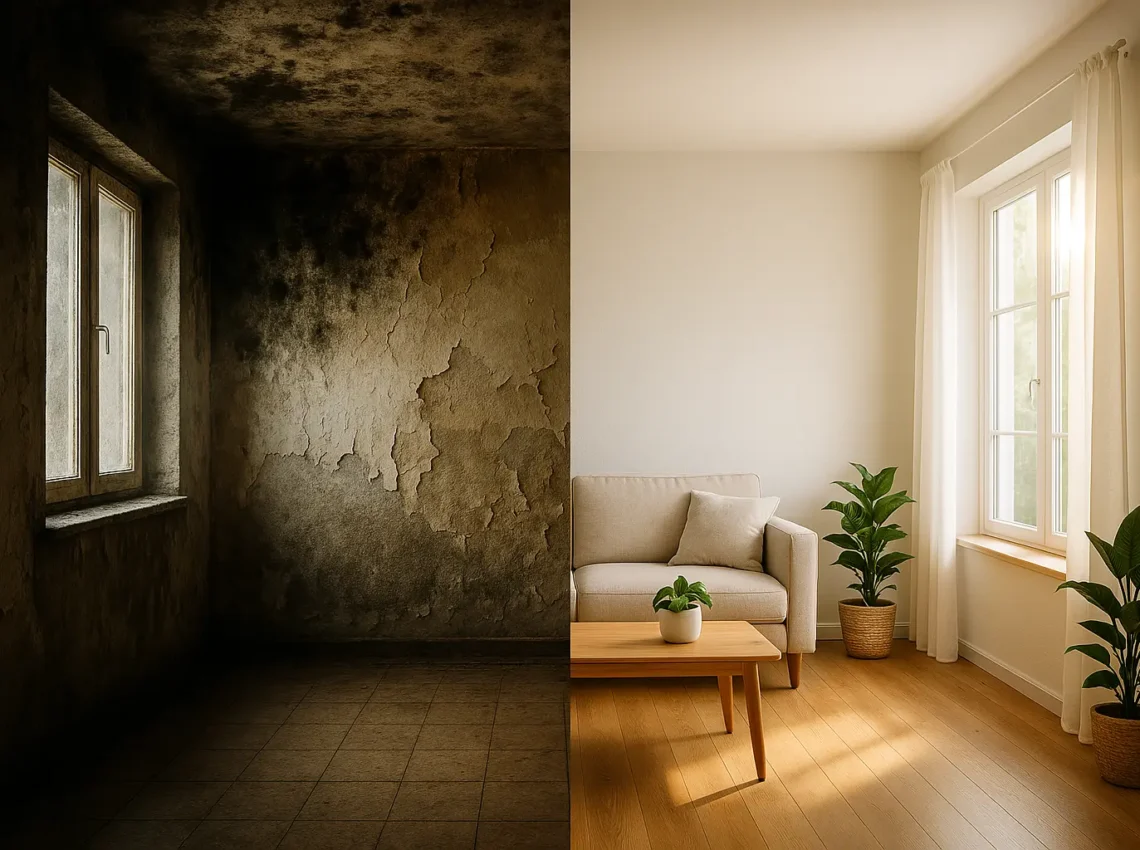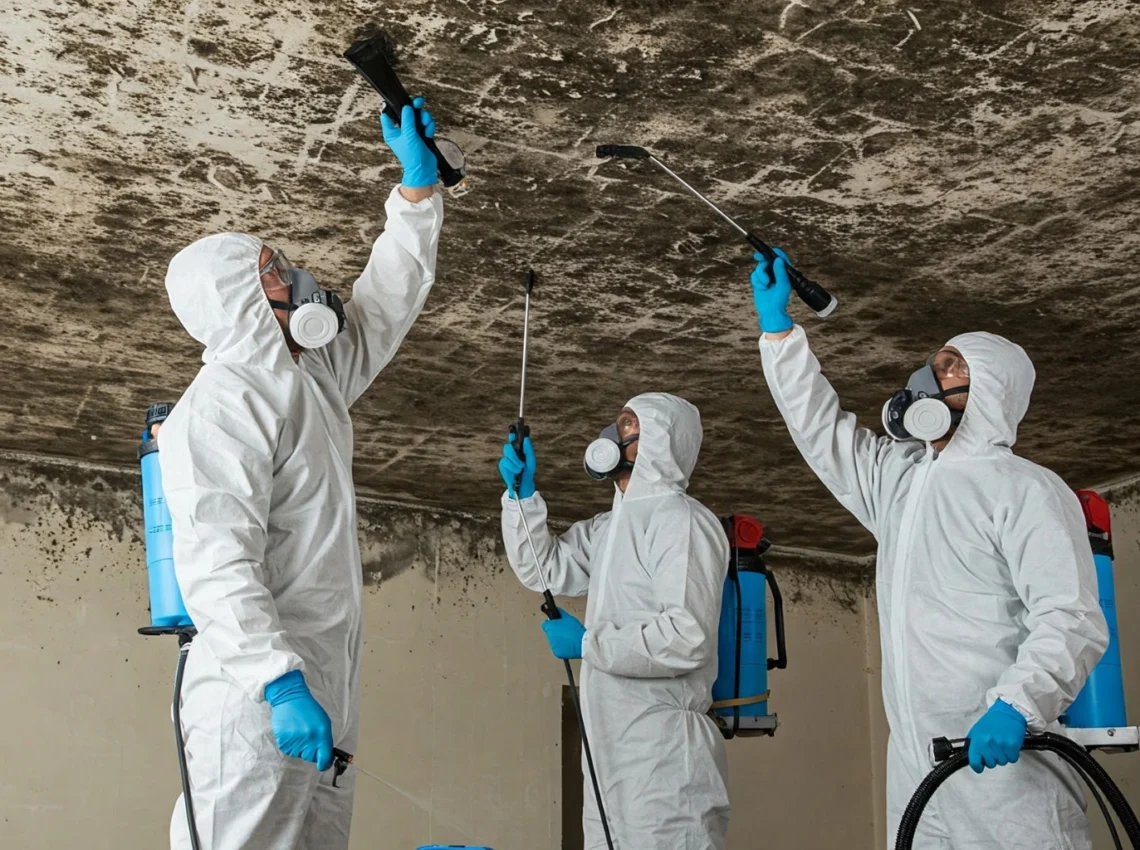Understanding Mold Remediation – Protect Your Health, Home, and Investment
Are you noticing a musty odor in your New York property? Have you spotted suspicious dark patches on your walls or ceilings?
Well, then you might be facing a mold problem that requires professional mold remediation. In New York’s unique climate, mold isn’t just a cosmetic issue—it’s a serious threat to both your property value and your family’s health.
We understand the stress and concern that comes with discovering mold in your home. With New York’s high humidity, aging building infrastructure, and seasonal moisture variations, mold remediation services are essential for maintaining a healthy living environment. This comprehensive guide will walk you through everything you need to know about effective mold remediation in New York.
The New York Mold Crisis – Understanding Risks and Recognition
New York properties face unique challenges when it comes to mold growth. From Westchester brownstones and Hudson Valley colonials to Marlboro’s suburban homes—whether Victorian-era, 1980s builds, or brand-new construction—each property type has its own vulnerabilities. Despite their differences, all are susceptible to mold under the right conditions.
Identifying Common Toxic Mold Types in New York Properties and Their Health Impact
The first step in addressing a mold problem is identifying what you’re dealing with. New York buildings commonly harbor several types of mold, each with distinct characteristics and health implications of being exposed to mold. Let’s go through them:
Black Mold (Stachybotrys chartarum)
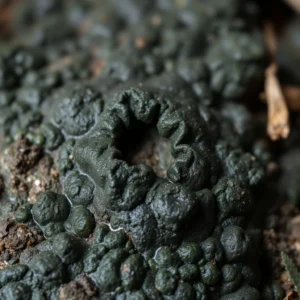
Appears dark green or black with a slimy texture, often found in areas with prolonged water damage. This toxic mold can cause severe respiratory issues, headaches, and in some cases, neurological symptoms.
Aspergillus
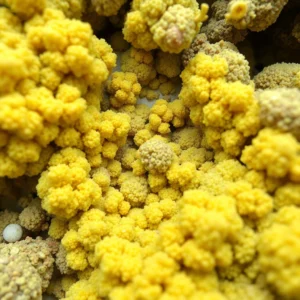
Typically appears as white-yellow-green or brown patches and is commonly found in air ducts and HVAC systems throughout New York properties. Can lead to aspergillosis in susceptible individuals.
Penicillium
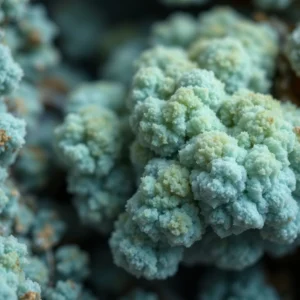
Appears blue or green, often found in water-damaged materials like carpets and insulation. Common in older New York buildings with water intrusion issues.
Cladosporium
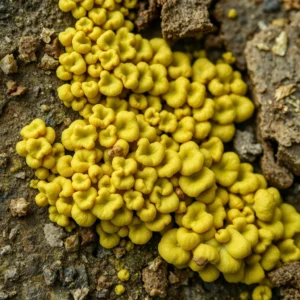
Olive-green or brown to black in color, frequently found in both cool and warm areas. Particularly problematic in NYC apartments with poor ventilation.
Even without visible signs, mold may be growing behind walls, under floors, or in other hidden areas. Signs that might indicate hidden mold include –
- Persistent musty odors, especially in basements,bathrooms, or areas with plumbing
- Unexplained respiratory or physical symptoms that improve when away from home
- Water stains on walls or ceilings
- Peeling wallpaper or bubbling paint
- Recent water damage or flooding incidents
Why New York’s Environment is Prone to the Perfect Mold Storm
New York presents a set of environmental factors that make properties particularly vulnerable to mold growth, here are some of the reasons:
Humidity and Seasonal Challenges
New York experiences significant seasonal humidity fluctuations. Summer months bring high humidity levels often exceeding 60%, creating ideal conditions for mold growth.
The transition between seasons, particularly spring and fall, introduces additional moisture challenges as temperature differences can cause condensation on windows, pipes, and within wall cavities.
Aging Infrastructure Issues
Many properties in the Hudson Valley—ranging from historic farmhouses to mid-century ranches and early suburban developments—face infrastructure challenges that can create ideal conditions for mold growth:
- Outdated plumbing systems vulnerable to leaks and corrosion
- Aging or damaged roofing materials allowing moisture intrusion
- Weathered stone foundations and porous masonry that absorb groundwater
- Inadequate insulation in older homes, leading to condensation in walls and attics
- Deferred maintenance in long-standing structures, hiding slow leaks or trapped humidity
Whether nestled in the woods or lining the historic streets of towns like Kingston, Hudson, or Rhinebeck, homes in the Upper Hudson Valley often need a watchful eye when it comes to moisture management and mold prevention.
Property Type Vulnerabilities
Different New York properties face distinct challenges:
- High-rises: HVAC systems can distribute mold spores throughout multiple floors if contaminated
- Brownstones: Basement moisture issues from aging foundations and ground water
- Suburban homes: Attic and roof leak vulnerabilities due to snow and ice dam formation
- Apartments: Cross-contamination concerns from adjacent units with mold problems
Urban vs. Suburban Differences
Urban and suburban properties in New York face different mold challenges:
Urban properties often struggle with:
- Limited ventilation options
- Neighboring unit water damage affecting shared walls
- Building material restrictions due to historical preservation requirements
Suburban properties typically face:
- Larger surface areas for potential water intrusion
- Basement flooding during heavy rains
- Greater temperature fluctuations leading to condensation issues
Understanding these environmental factors is crucial for developing effective mold remediation strategies for New York properties.
The remediation approach for a Westchester apartment will differ significantly from that of a suburban home in Marlboro or an urban dwelling in Kingston.
Trusted Mold Remediation Process – From Mold Inspection to Completion
When facing a mold issue in your New York property, understanding the professional mold cleaning process helps you make informed decisions and ensures you’re getting proper service.
Professional Assessment – How Experts Diagnose Your Mold Situation
Professional mold remediation services begin with a thorough assessment that goes far beyond what’s visible to the naked eye. Here’s what to expect during a professional mold assessment in New York:
Advanced Testing Methodologies
Reputable mold remediation companies in New York employ multiple testing methods:
- Air Sampling: Captures mold spores floating in the air to detect contamination even when mold isn’t visible. Particularly important in New York apartments where ventilation systems may be spreading spores.
- Surface Testing: Direct sampling from surfaces to identify specific mold species and concentration levels.
- Bulk Material Testing: Analysis of building materials to determine mold penetration depth, especially important in older New York buildings with plaster walls.
- Thermal Imaging: Identifies moisture sources within walls and ceilings that may be fueling mold growth, crucial for New York’s aging building stock.
The mold inspection process typically follows this timeline
- Initial visual inspection and moisture mapping (1-2 hours)
- Sample collection from multiple locations (1-2 hours)
- Lab analysis of collected samples (24-72 hours)
- Comprehensive report generation (24-48 hours after lab results)
- Remediation plan development (48–72 hours following a third-party mold assessment visual inspection)
Understanding Laboratory Reports
Professional lab reports provide crucial information:
- Mold species identification
- Spore concentration levels (compared to outdoor baseline)
- Potential health implications based on findings
- Habitats and typical moisture conditions for the species
New York-Specific Certifications
For New York properties, look for assessors with:
- New York State Department of Labor Mold Assessor License
- ACAC (American Council for Accredited Certification) credentials
- IICRC (Institute of Inspection Cleaning and Restoration Certification)
Inside the Remediation Process – What Happens When Professionals Take Over
Once mold inspection is complete, the actual mold remediation process begins. This multi-step approach ensures complete mold removal and prevents recurrence:
Preparation and Containment
To prevent cross-contamination, professionals:
- Establish negative air pressure zones using specialized equipment
- Install containment barriers
- Create decontamination areas for workers and equipment
- Protect unaffected areas from spore spread
Material-Specific Removal Techniques
Different building materials require different approaches –
- Drywall: Common in New York renovations, often require complete removal if mold penetration is deep
- Wood Structural Elements: Often found in historic New York buildings, may be treated with mechanical sanding or media blasting rather than removal
- Concrete/Masonry: Prevalent in New York foundations, typically treated with wire brushing and antimicrobial solutions
- HVAC Systems: Requires specialized cleaning of ducts and components
The Step-by-Step Remediation Process
A thorough mold remediation follows these steps:
- Source Identification and Repair: Locating and fixing the moisture source (leaky pipes, roof issues, etc.)
- Contamination Isolation: Establishing containment zones to prevent cross-contamination
- Negative Air Pressure: Deploying HEPA air scrubbers to remove contaminants
- Material Removal: Removing unsalvageable contaminated materials (drywall, carpet, etc.)
- HEPA Vacuum- Thorough vacuum of all flat surfaces, cracks, and crevices
- Application of Antimicrobial: Antimicrobial is applied to all affected flat surfaces while being scrubbed with brushes
- Structural Drying: Using industrial dehumidifiers to ensure all materials reach appropriate moisture levels
- Final Cleaning: HEPA vacuuming of all surfaces to remove any remaining spores, with additional treatments as needed.
- Clearance Testing: Third-party verification that remediation was successful
For New York properties, remediation timelines vary based on contamination extent but typically range from 3-7 days for moderate issues to 1-2 weeks for severe cases. Extensive remediation in larger buildings may take longer, especially when dealing with historic properties that require specialized restoration techniques.
Excellent Service for Mold Remediation – Creating a Mold-Resistant New York Property
After investing in professional mold removal, protecting your New York property from future mold problems becomes the priority.
Structural Solutions for Long-Term Mold Prevention
Addressing the structural factors that contribute to mold growth provides the most reliable long-term protection for New York properties and can prevent the need for extensive Water Restoration services.
New York-Approved Waterproofing Solutions
Different building types require tailored waterproofing approaches:
- Brownstone Foundations: French drain systems combined with waterproof coatings designed for historic masonry.
- High-Rise Exterior Walls: Elastomeric waterproofing membranes that accommodate building movement from thermal expansion.
- Basement Apartments: Combination sump pump systems with battery backups specifically designed for below-grade living spaces.
- Flat Roof Structures: Enhanced drainage solutions with tapered insulation to prevent standing water.
- Pre-War Buildings: Specialized rising damp treatments that address moisture wicking through older foundations.
HVAC System Upgrades
Optimizing your HVAC system significantly reduces mold risk and improves results on Indoor Air Quality Tests:
- Whole-Building Dehumidification: Integrated systems that maintain optimal humidity levels throughout the property.
- Enhanced Filtration: MERV 13+ rated filters that capture mold spores before they circulate through your space.
- UV Light Systems: Duct-mounted ultraviolet light systems that kill mold spores passing through the system.
- Smart Climate Control: Programmable systems that maintain consistent temperatures to prevent condensation on cold surfaces.
- Fresh Air Ventilation: Mechanical ventilation with energy recovery to reduce indoor humidity while maintaining comfort.
Bathroom and Kitchen Ventilation Improvements
In compact New York living spaces, these high-moisture areas need special attention –
- High-CFM Exhaust Fans: Properly sized fans that effectively remove moisture during showers and cooking.
- Humidity-Sensing Controls: Automated systems that continue running until optimal humidity levels are reached.
- Ducted Exhaust Systems: Ensuring vents lead outside rather than into attics or wall cavities, a common problem in NYC apartments.
- Condensation-Resistant Insulation: Special materials for pipes and duct work that prevent surface condensation.
- Mold-Resistant Materials: Specialized drywall, grout, and caulk designed to resist mold growth in high-moisture environments.
Building Envelope Modifications
Preventing external moisture intrusion requires comprehensive envelope strategies –
- Window Upgrades: Double or triple-glazed windows that prevent condensation issues common in New York’s temperature extremes.
- Insulation Improvements: Properly installed insulation that eliminates cold spots where condensation forms.
- Vapor Barrier Installation: Correctly positioned moisture barriers that prevent vapor drive through walls and ceilings.
- Foundation Waterproofing: External and internal systems that address New York’s seasonal ground water fluctuations.
- Roof and Gutter Maintenance: Enhanced drainage systems designed for New York’s heavy precipitation events.
The Healthy Home Strategy – Ongoing Monitoring and Maintenance
Beyond structural improvements, a proactive maintenance approach keeps your New York property mold-free long after mold remediation.
Seasonal Maintenance Checklist
New York’s distinct seasons require specific maintenance activities –
- Spring:
- Check for winter freeze/thaw damage to roof and exterior
- Clean gutters after winter debris accumulation
- Inspect window seals for winter damage
- Test sump pump function before spring rains
- Examine basement for signs of snowmelt water intrusion
- Summer:
- Monitor basement dehumidifiers and ensure normal ranges are being kept during high humidity periods
- Inspect air conditioning condensate lines and drip pans
- Check attic ventilation during hottest months
- Look for condensation on cold water pipes
- Ensure bathroom exhaust fans are functioning properly
- Keep air condition levels steady by keeping the temperature consistent
- Fall:
- Clean gutters before winter to prevent ice dams
- Inspect roof for damage before winter weather
- Check weather stripping on windows and doors
- Clear perimeter drains of fallen leaves
- Examine exterior grading for proper drainage away from foundation
- Winter:
- Monitor indoor humidity levels (ideal – 40-55% %)
- Check for ice dam formation on roof edges
- Inspect attic after heavy snowfall for leaks
- Look for condensation on windows and exterior walls
- Ensure proper ventilation despite closed windows
Early Warning System Development
Recognize the subtle signs that indicate developing mold issues –
- Slight discoloration on surfaces before visible mold appears
- Persistent humidity above 60% in any area
- Condensation on windows, pipes, or surfaces
- Musty odors, especially in enclosed spaces
- Water stains or material discoloration
- Warping of wood or buckling of materials
- Allergic symptoms that occur only in certain rooms
Indoor Air Quality Improvement
Make sure to do Indoor Air Quality Improvements to maintain excellent air quality as it reduces mold spore concentrations –
- HEPA air purifiers in key living areas
- Regular replacement of HVAC filters (every 30-90 days)
- Periodic professional duct cleaning (every 1-3 years)
- Maintaining appropriate humidity levels (40-55%)
- Ensuring adequate ventilation for proper air flow
- Using exhaust fans during cooking and bathing
- Regular vacuuming with HEPA-filtered vacuums
By implementing these strategies, your home will maintain a healthy, mold-free environment for years after remediation.
A Healthier Life Living in a Mold-Free Home
The journey from identifying mold problems to maintaining healthy properties in New York demands specialized knowledge due to the region’s unique climate and building characteristics.
This guide has covered the essential aspects of mold remediation including comprehensive assessment processes , and prevention strategies tailored to New York buildings.
Don’t delay addressing mold issues; contact us for experienced mold remediation services.
